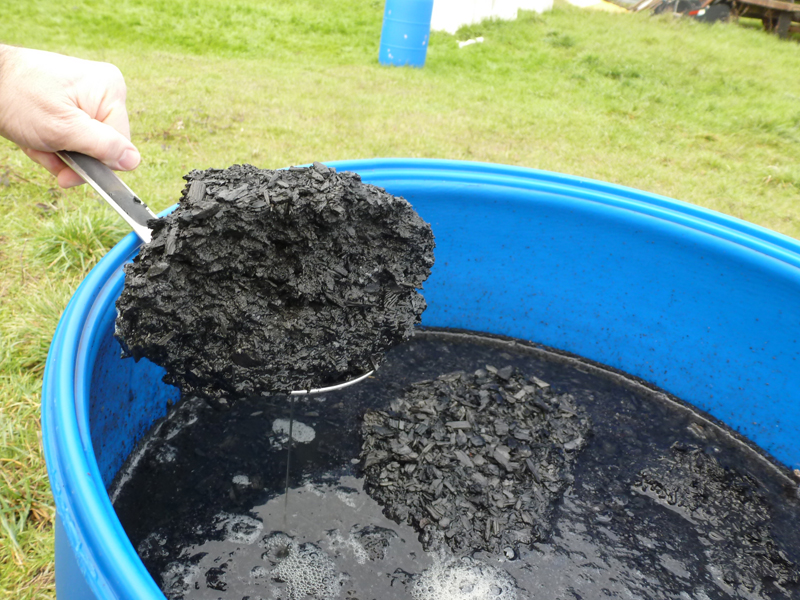Livestock
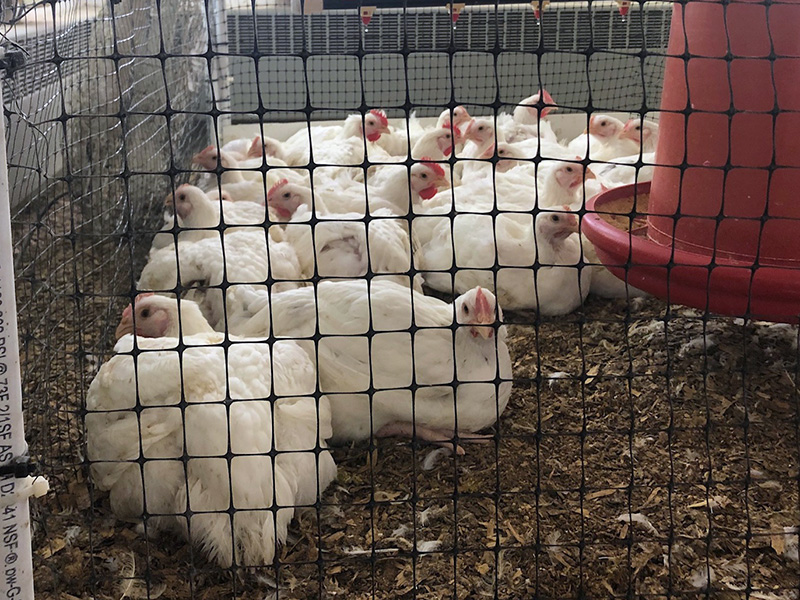
Chicken is the most consumed protein in the United States. According to the National Chicken Council, the U.S. produced more than 9.2 billion broiler chickens in 2019. US consumers spent more than 95 billion dollars on chicken products.

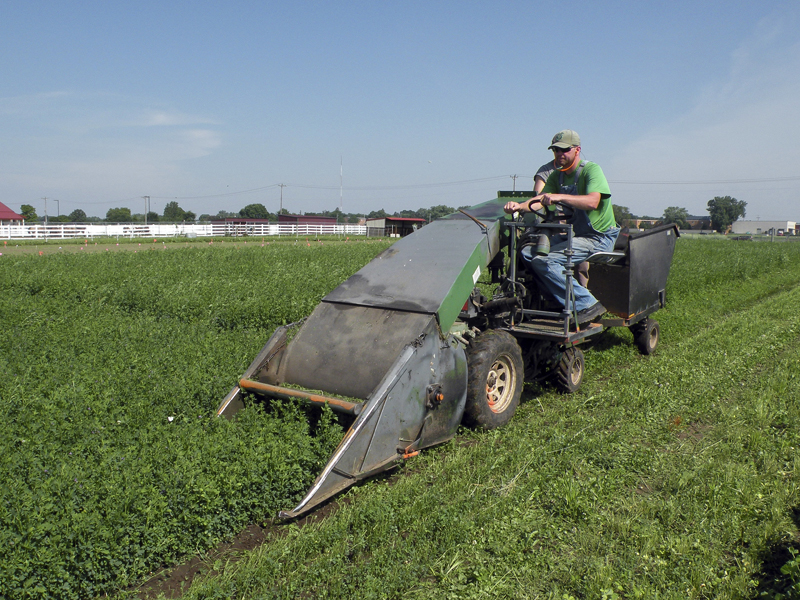
Has anyone ever told you to eat a banana when you have a muscle cramp or eye twitch? That’s because bananas have potassium. Potassium is an important nutrient for humans, and an even more important nutrient when it comes to alfalfa.
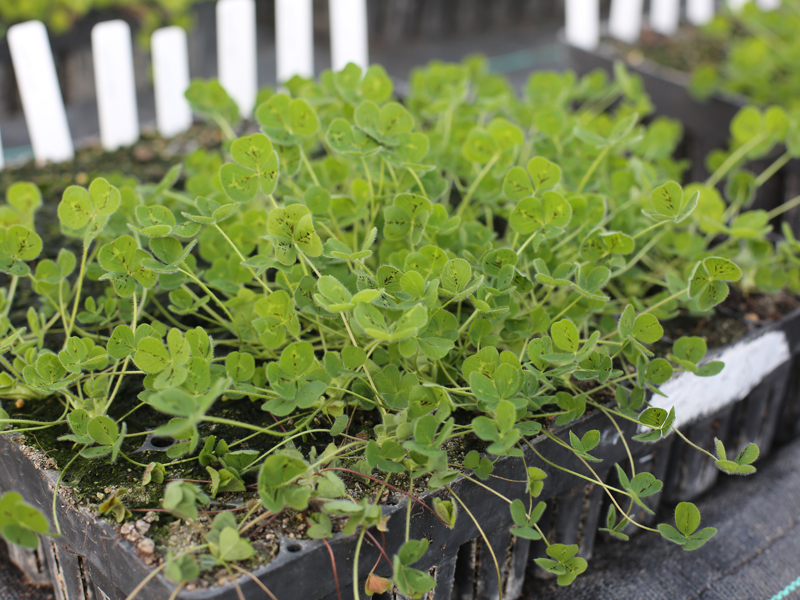
Four-leaved clovers may or may not bring good luck. What’s indisputable is that all white clovers, whether with three or four leaves, have many benefits.
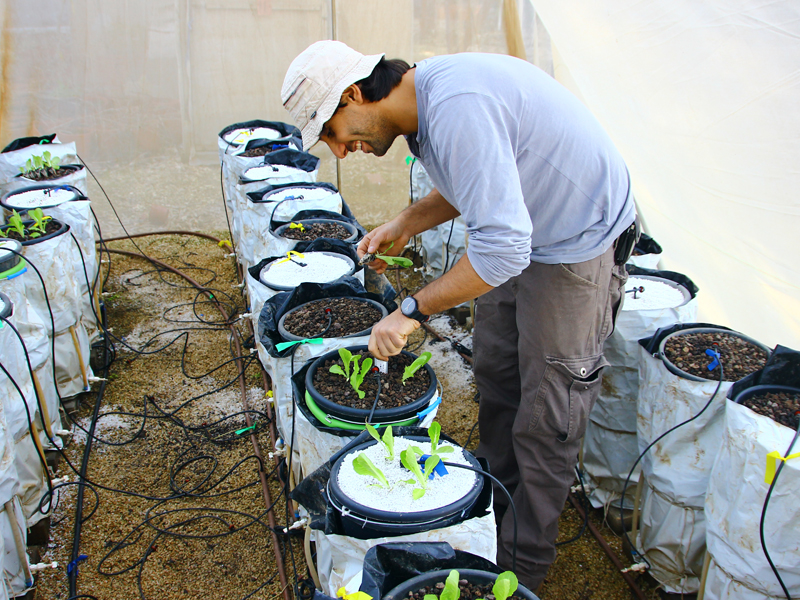
We all know plants need nutrients, especially nitrogen and phosphorus. To give crops a boost, they are often put on fields as fertilizer. But we never talk about where the nutrients themselves come from. Phosphorus, for example, is taken from the Earth, and in just 100-250 years, we could be facing a terrible shortage. That is, unless scientists can find ways to recycle it.
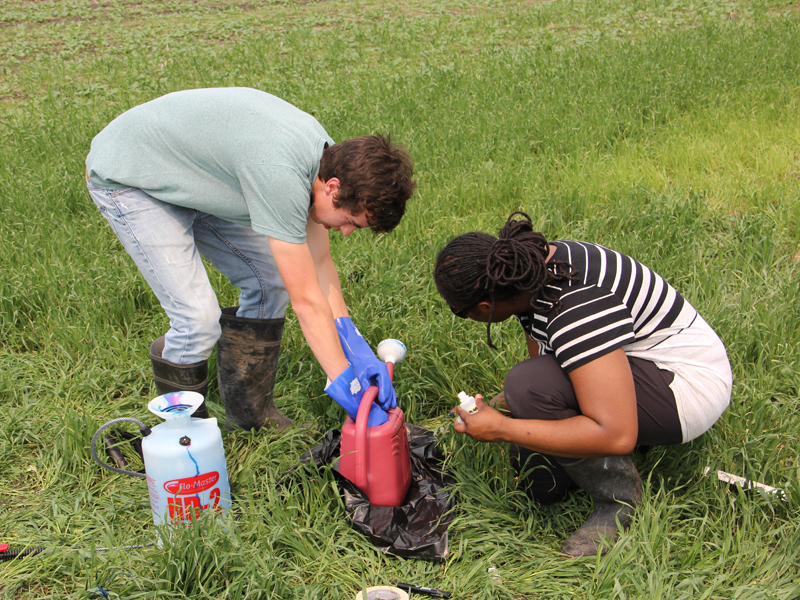
Add just enough fertilizer, and crops thrive. Add too much, and you may end up with contaminated surface and groundwater.

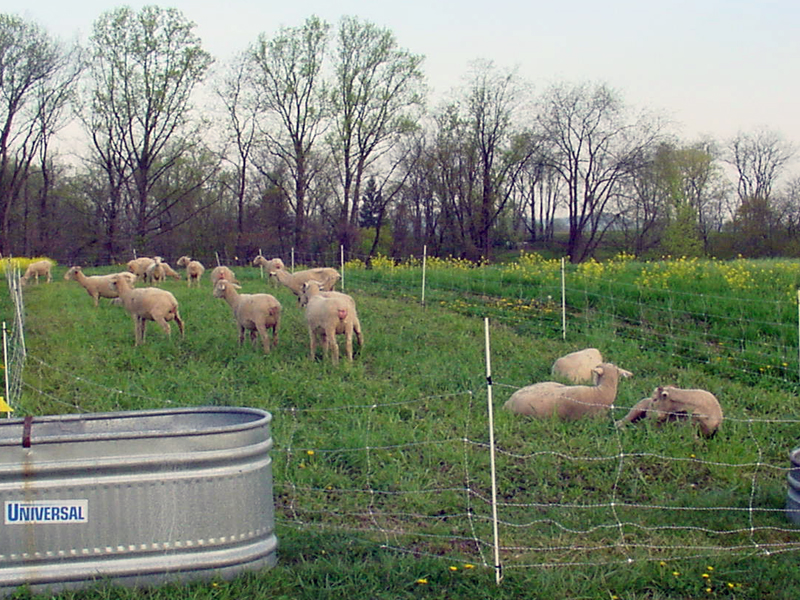
Soil gets tired. After years of supporting a rotating cast of crops, the soil’s nutrient supply is often exhausted. The tilling, turning, and planting also degrade the organic matter in the soil and its ability to stay hydrated.

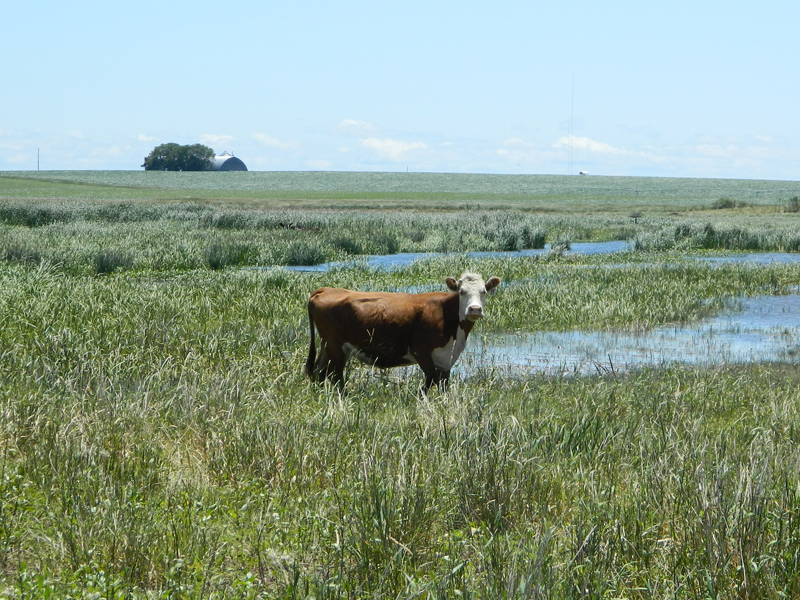
How do you host tens of millions of migratory waterfowl every year? The Rainwater Basin of southeast Nebraska provides a vital resting stop and feeding station. There, the native wetland plants produce enough seed to replenish the birds—some of them threatened or endangered species—for their long journey.
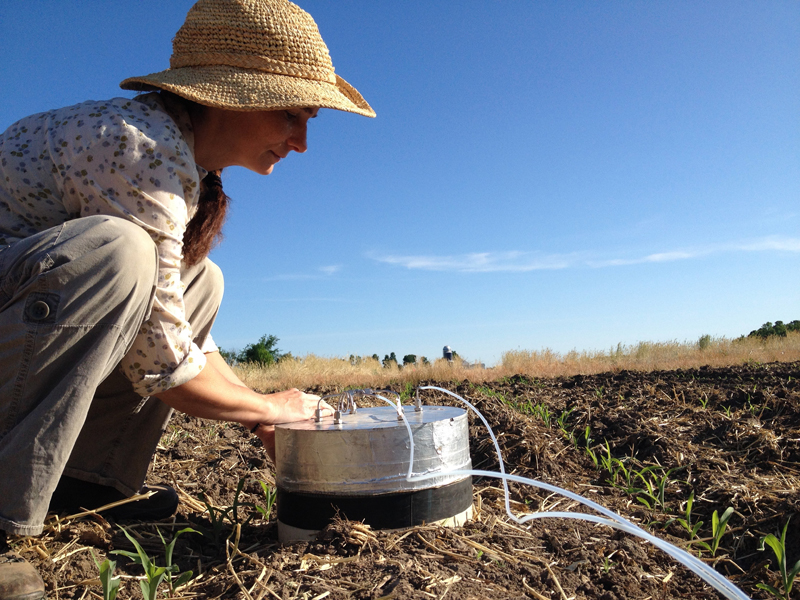
What’s a responsible farmer to do? Manure injection is an important soil management practice that reduces the chance of manure runoff. But recent studies by Carol Adair and colleagues at the University of Vermont show manure injection can increase the release of harmful greenhouse gases.
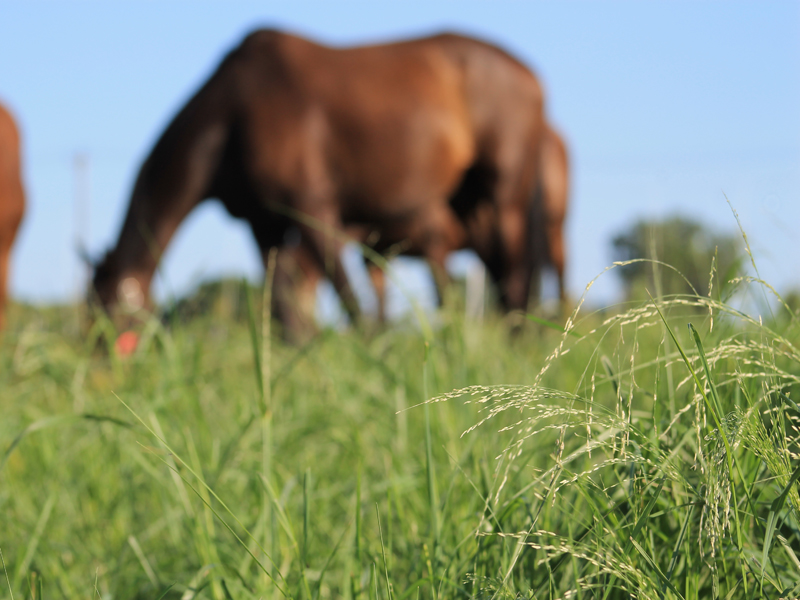
When you picture a horse, you may imagine it grazing contentedly in a grassy pasture. Grazing lets horses move around naturally outdoors and socialize with other horses. And grass is an easily available, nutritious feed that horses like eating. If you have the land, providing pasture for horses is less costly than buying hay.

